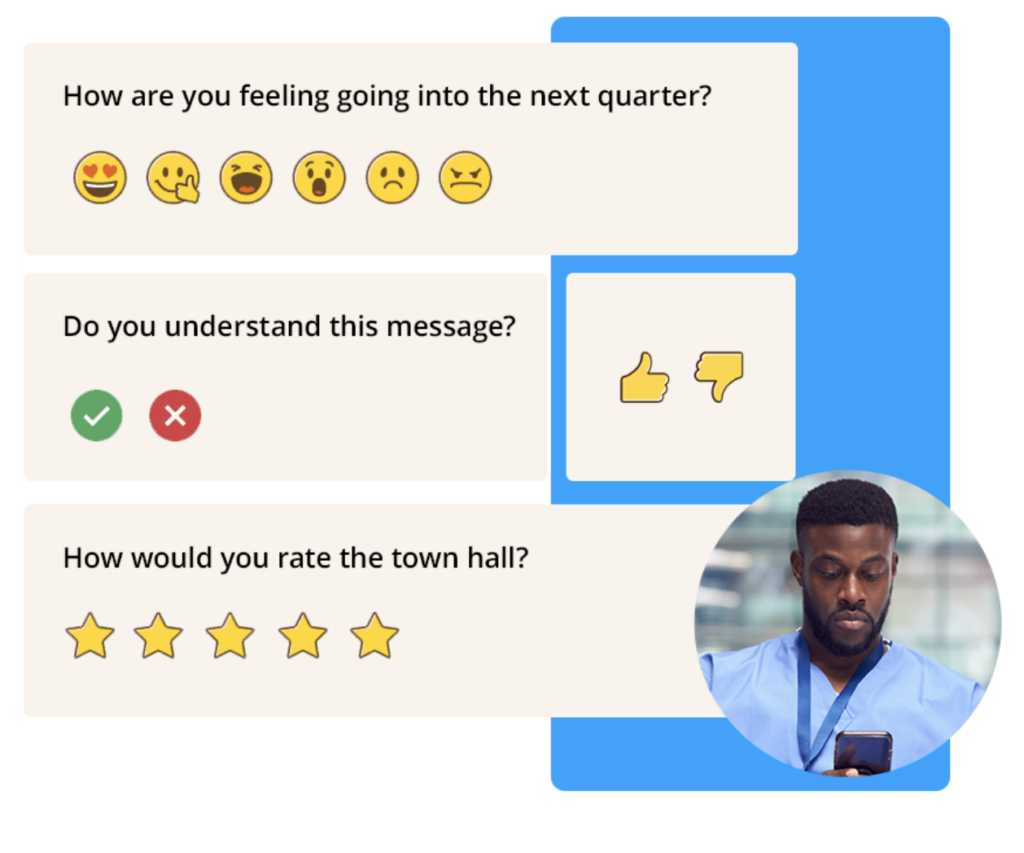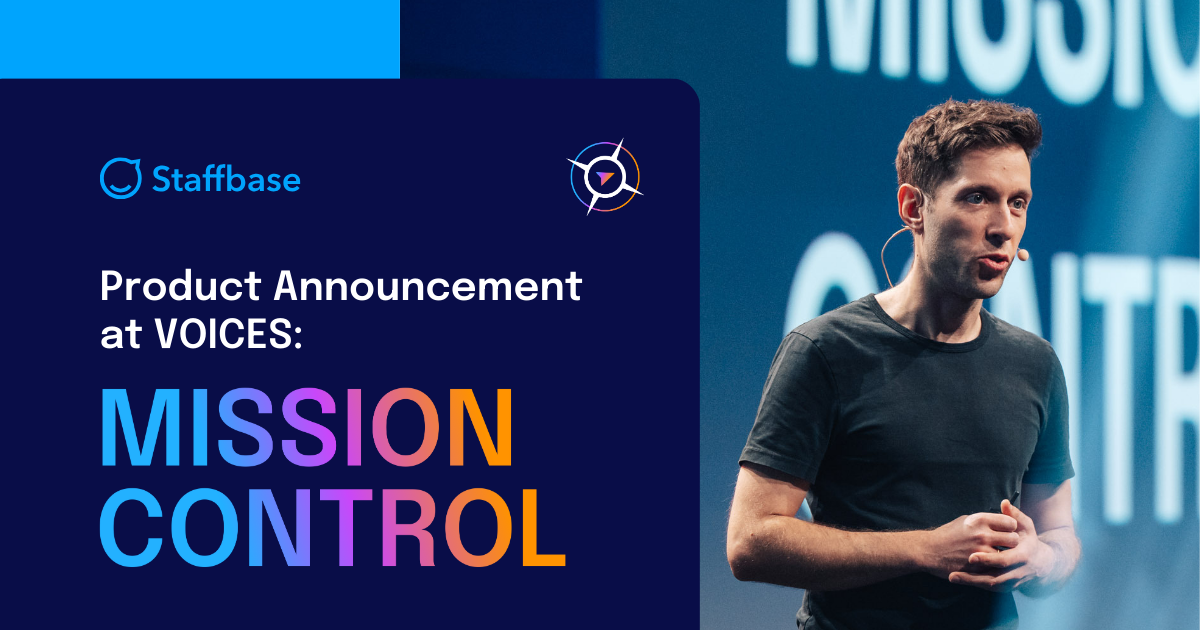“How was your day?”
It’s a simple question, but it’s one that makes all the difference at the end of a long day. Whether that question is from your family or friends, it feels good to know that someone is there to listen.
Listening makes us feel seen and valued. And it can have a positive impact on your well-being both at home and at work.
Thankfully, many organizations have understood the importance of listening to employees, which we dive into in our Masterclass, Amplifying Employee Voices through Internal Communication.
"Employee voice" is giving people the opportunity to express ideas, perspectives, and concerns with authenticity and without fear of social or workplace consequences.
Why do employee voices matter to your organization? And how can you capture them?
Let’s take a look at three benefits to amplifying employee voices in your internal comms.
1. You'll make employees feel heard
No matter what, your employees will have opinions—and they’ll want to express them.
You can’t always anticipate what they’ll say, but what you can do is give them a space for their voices, give them your attention, and ask for their feedback regularly. Companies that don’t do this often see employees take their voices elsewhere, like social media or employer review websites.
That’s why it’s important that employees feel heard. And internal comms tools can help.
AMA (Ask Me Anything) is one format that combines control with a very authentic way for leaders to respond to employee voices. Employees can anonymously submit questions and management can select questions to answer openly for all employees.

At Staffbase, we have an AMA letterbox embedded in our communications platform. Here, we can anonymously submit questions to Martin, our CEO. He then answers these questions either in our town hall or in a video (often sitting in front of his famous jungle wallpaper in his home office). A recording is posted on our intranet and circulated through our channels so that all employees are in the loop and can watch any time.

2. You'll build trust
When your organization prioritizes employee voice, you’ll build trust with your employees. Not only will they feel listened to, but they will also feel valued. That means you’ll have a higher chance of retaining employees in the long run.
This trust will also help you establish a feedback loop to improve your internal comms. Getting feedback from your employees lets you know if your message has been understood. And that will give you useful input for future content. You’ll also gather any remaining questions or concerns that you may need to address with your leadership team.
One way to gather feedback and establish this trust is through pulse surveys.

With a pulse survey, all it takes is a click for an employee to express how the content impacted them. In return, you get valuable data on your messaging. You can figure out if it’s actually working, if you need to double-down, or if it’s time to pivot your strategy. It gives you the opportunity to test new angles or try creative messaging, without worrying about being unsure whether or not it landed.
3. You'll increase collaboration with other departments
Outside of internal comms, there are many different people in your organization who can benefit from these employee insights:
- HR can use employee feedback to help shape their strategy and create a better employee experience overall.
- Your PR and external comms teams are interested in employee perspectives to make your organization’s brand come to life. This might look like sharing positive employee stories about your workplace culture.
- Line managers need employee feedback to assess whether information has reached their employees and if it’s been understood.
With so many people interested, make sure that you loop them into your internal comms strategy to avoid disconnected initiatives. Also, keep in mind that asking for too much feedback may also curb employee enthusiasm and lead to survey fatigue.
Resources to help you prioritize employee voices in internal communication
When your employees feel heard, your internal communication can only get stronger. You will understand which messages resonate, establish employee trust and retention, and be better positioned to help other departments incorporate and elevate employees’ stories.
But listening to employee voices is not just a one-time thing. Make it a regular part of your team's routine and establish a cadence that works for your organization.
Want to explore this topic more? Check out our full Masterclass here:
We've also created an Internal Comms Strategy Template Collection with helpful templates and links to resources for your internal communication strategy. Click on the image below to download it!

Ready for the next lesson? Dive into our Masterclass on Interaction and Gamification.




